November in our Gardens by Philippa Thomas.
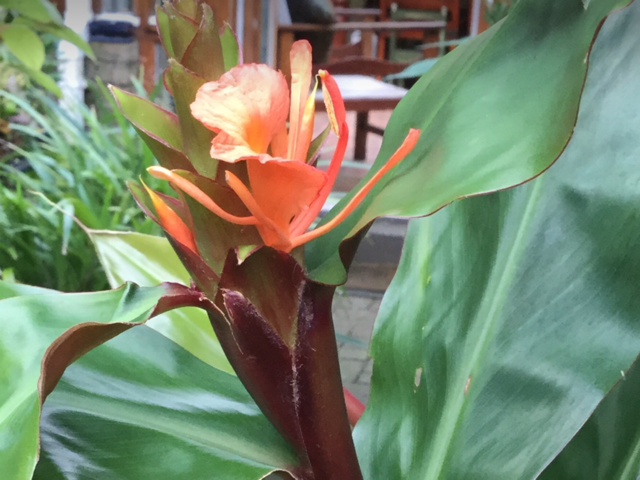
“If we take care of nature, nature will take care of us.” Sir David Attenborough
‘Our forests and seagrass habitats are important carbon sinks for our planet and if they are not protected, our world will suffer. That’s why we’re working to restore their habitats so they can continue to soak up and store carbon from the atmosphere, a vital defence against climate change. So much of The Amazon Rainforest is being burned or destroyed and if we lose it, we lose the fight against climate change. But The Climate Crises Fund is working to protect the rainforest and end deforestation for good. The arctic is warming more than twice as fast as the global average, which will have huge consequences for us and our natural world. But WWF is supporting vital research into how climate change is affecting biodiversity of these regions and what we can do to tackle this. We are the last generation that can stop the most devastating effects of climate change. So, we’re waking up governments and businesses to the reality of climate change and holding them accountable for creating and implementing tougher laws to protect nature. Trees and plants are huge carbon stores, vital for the health of our climates’.
Sir David Attenborough.
November is generally a chilly month, when winter feels very much around the corner. Most plants are now beginning to rest. If sharp frost should occur, one gets used to walking over frozen ground that is curiously bumpier than usual, it comes as a surprise as well as a jolt to the spine! Very soon, there will be no leaves left on our deciduous trees, ‘Trees, scattering their riches, stand up in bare bones’ ….Winter poem by Anne Ridler. Some of our leaves that have fallen still have green veins or even green edges. I adore the fact that ferns have come back in their fickle fashion. I have always loved them from the word go and every year, I add at least one more to my collection. Aren’t they so graceful and so green…., slow green explosions. They can be quite content in difficult corners where there is very little sun or often, none at all. They will even tolerate poor, sad soil though in these conditions, they will do their duty but not their best. The most special, delicate varieties need proper conditions……I like this month because when cutting down the frost- blackened stems of various plants, one knows that they will be back to greet our world again in late spring, which is only just the other side of Christmas.

With our mild weather, still has its magnificent glossy green foliage with claret undersides and perfectly beautiful, wax like corral flowers.
BEAUTIFUL HOUSE PLANTS
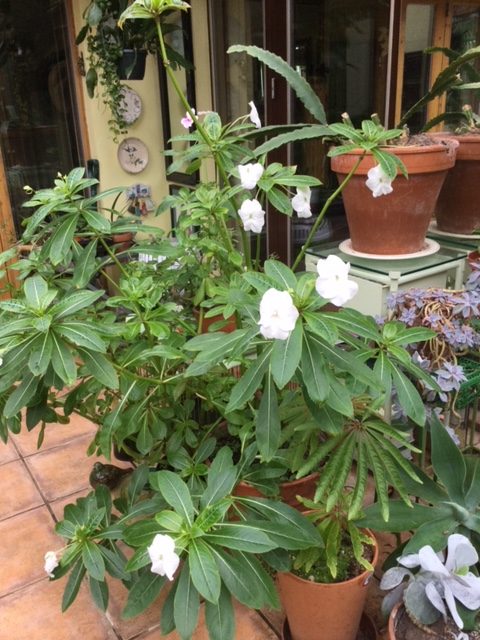
There are still massive, pure white flowers today on, Impatiens Sodenii and It Is the 9th. November.
The biggest buzz since Covid has been the passion for house plants, it has taken our industry by surprise, even the smallest bed-sit can accommodate the vital role they play in our well being. Our indoor plants gently impart mood-enhancing vibes. Their cool, lush green appearances calm the spirit and entice our inquiring minds. SHOCKING TO SAY, THE BREATHABLE AIR IN OUR HOMES AND OFFICE SPACE CAN BE 10 TIMES MORE POLLUTED THAN THE AIR WE BREATHE OUTDOORS. As human beings, we breathe out CO2 and breathe in oxygen. On a purely physical level, plants remove carbon dioxide from the air and replace it with oxygen, improving our indoor air quality. …So, now that many plants are returning indoors for our winter, regularly check for pests such as aphids, red spider mite, mealy bug and scale insect and best not to put them too close to radiators….Plants rarely grow much if at all in cold climates, they need less watering and feeding so they are really easy to look after. Cacti and succulents need a period of relative dormancy over our winter, just kept barely moist, no more. …Best to water in the morning giving leaves time to dry before the night, try not to wet the leaves as they take a long time to dry in our cool Novembers.
I have heard over this past month at least 3/4 times on the radio and TV but only remember for very specific plants:
- Drench,
- Drain,
- Dry.
Again, maintaining some air movement in the greenhouse or conservatory, even when it is cold, will help reduce fungal diseases, such as Botrytis, (fluffy grey mould.) Maybe, open vents so very slightly in the morning and close again in early afternoon. I am presently doing this in order to conserve heat. Actually, some of my friends use grow lights, this accelerates indoor plant growth, especially a wide range of orchids, lights keep plants happy, and they almost believe they are growing in the wild. Remember too, to check the bases of indoor plants for slugs, I just found one, a few minutes ago and put him/ her outside the hall door!
Some people mulch in spring because it locks in winter moisture, others mulch in autumn as it locks in summer warmth which helps root development. I think best of all to use, if you can get your hands on it, well rotted horse manure. The guiding principle is that soil is damp and free of weeds. This annual layer of organic goodness, will retain moisture, suppress weed growth and promote biological activity….Worms in turn, will help pull autumn leaves that fall on the ground into the soil, thus improving our soil. Green shoots always find their way and remember ultimately, ‘stars (our future plants/ flowers,) can’t shine without darkness’. Weeds are still germinating and growing quite strongly in mild periods of weather, so be vigilant and remove them. Try to dig them out rather than pull them as you’re likely to get them out with all their roots. ….Watch out for Plantains, there is no room for sentiment. Plantains have no charm for me because their flat plates of leaves will grow even larger, killing all our grass and selected gems of planting etc. ….Having said all this, some weeds are nature’s way of healing itself. Sometimes, shallow roots hold the soil in place to prevent wind and erosion. Some deep taproots loosen and enrich soil. …..So, perhaps, find a warm cosy hat and pre-warmed gloves!
Evergreens come into their own at this time of the year, making blocks of green solidity among our bare twigs and branches. IF WE SPEND ENOUGH TIME WITH PLANTS THEY WILL EDUCATE US. ‘Air as faint and pure as silk’, from Twilight in November, by Fredegond Shove. ….. An archway frames a view and creates a sense of intrigue and drama. For some, deliberately mixing clashing colours adds even more drama and vice versa, soft colours bring a sense of calm in the garden… truly, we can anchor our house in a choice of suitable low maintenance evergreens, then in return, it will anchor itself into our landscape…
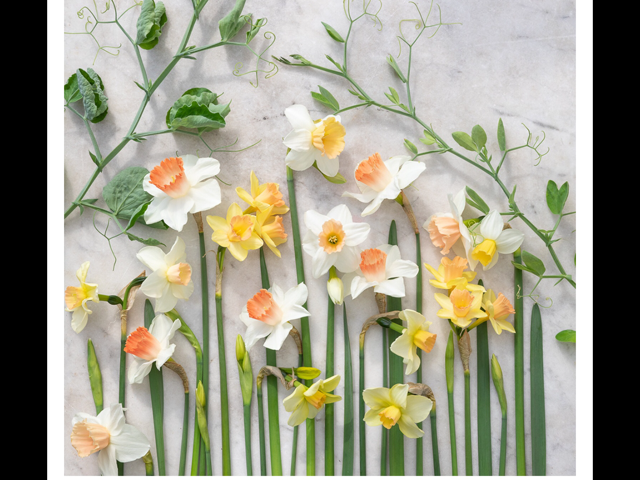
Softly Scented Narcissus Collection
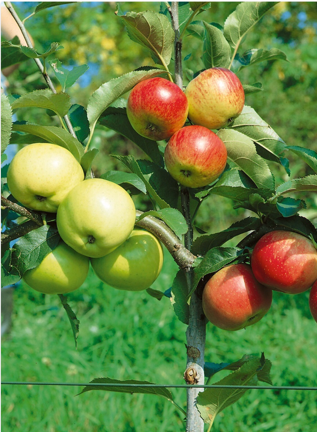
Wouldn’t it be a super idea to get your children and grandchildren together and plant a dwarf combination Apple tree in a large pot, for some special occasion? The beauty of this project is that you can all look forward to eating two different variets of apples, next summer.
There’s still time to plant daffodil bulbs and some other flowering bulbs for a magnificent start to next year’s display. Tulip bulbs are quite happy to be planted through to the end of the month. Then, other bulbs again should be in the ground before it loses the heat of the summer months…..Likewise, we can save money by buying bare-root plants which are cheaper than pot-grown equivalents. These are only available in the dormant season, so we need to be quick; it’s a great way to buy roses, hedging, shrubs, fruit and trees.
A special friend called by last week with a gift of a most precious litre or so, / bucket of Wicklow honey, I am treating it like gold and yes, it is liquid gold that never expires. I heard recently that The National Geographic reported that archaeologists found 3,000-year-old pots of perfectly edible honey when unearthing Egyptian tombs and yes, even crystallised honey is perfectly safe to eat. What makes honey different from just about every other food? For starters, it has a very low water content. Microbial growth requires water, which is why fresh fruits and vegetables expire so quickly, combine that with honey’s low pH and we’ve got an environment where it’s nearly impossible for bacteria to grow. Did you know that flavours of honey vary depending on the variety of flowers and nectar available to bees? Typically, the lighter the honey, the milder the taste.
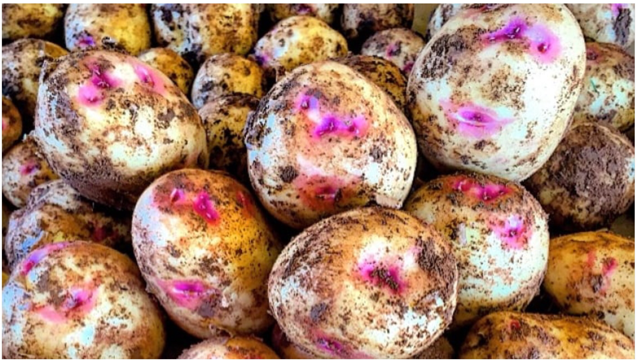
We have an exciting new, oval shaped potato, with golden skin, distinctive purple eyes and a unique buttery, floury taste … it is called ‘Irish Eyes’, the smiling eyes of Irish Gold.

I have still not potted up properly, this magnificent rare, lacy Eucalyptus specimen which I was fortunate enough to get on our Club’s most recent day trip to Patthana.
MIGHT DO, MAYBE NOVEMBER JOBS.
- As the chill in the air gets chillier, it’s a good idea to cut back woody herbs and use them as fertiliser.
- Maybe, grow some windowsill herbs for fresh herbal tea.
- Pull Alstroemerias rather than cut the stems as one does with rhubarb. This encourages more growth from below ground and will render sometimes, a 2nd flush.
- Maybe, consider specific ivies, of course not the invasive types. Some species can be delicate, chiselled works of art due to the finesse of their leaves.
- Pelargoniums can be cut back, de-leaved, watered much less and kept relatively dormant, just moist. Re-potting, watering and feeding in the spring will bring them back into active growth.
- Hairspray works quite well to keep seed heads and dried flowers intact on wreaths and general arrangements.
